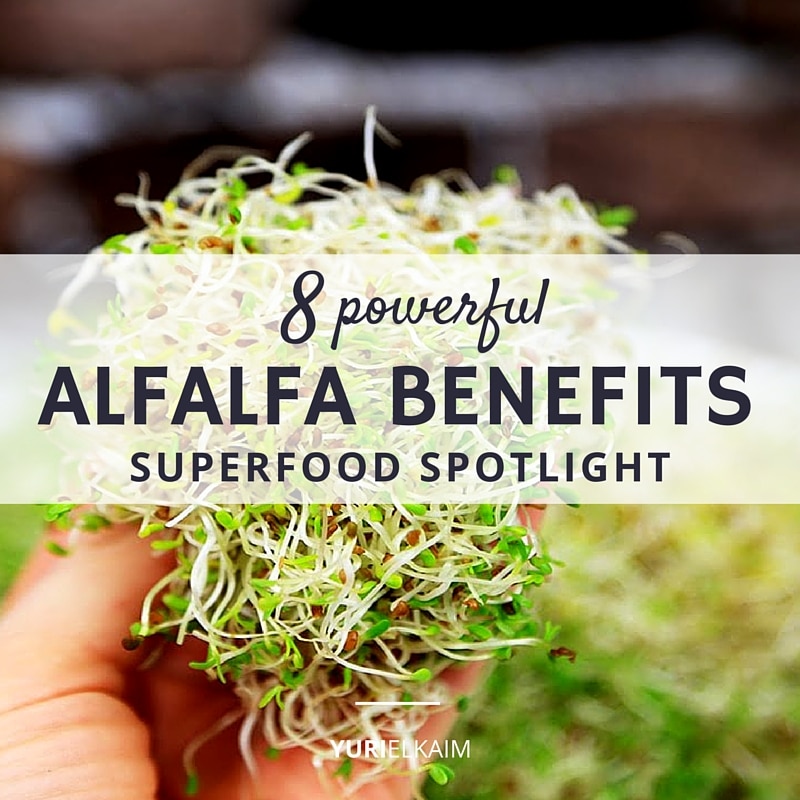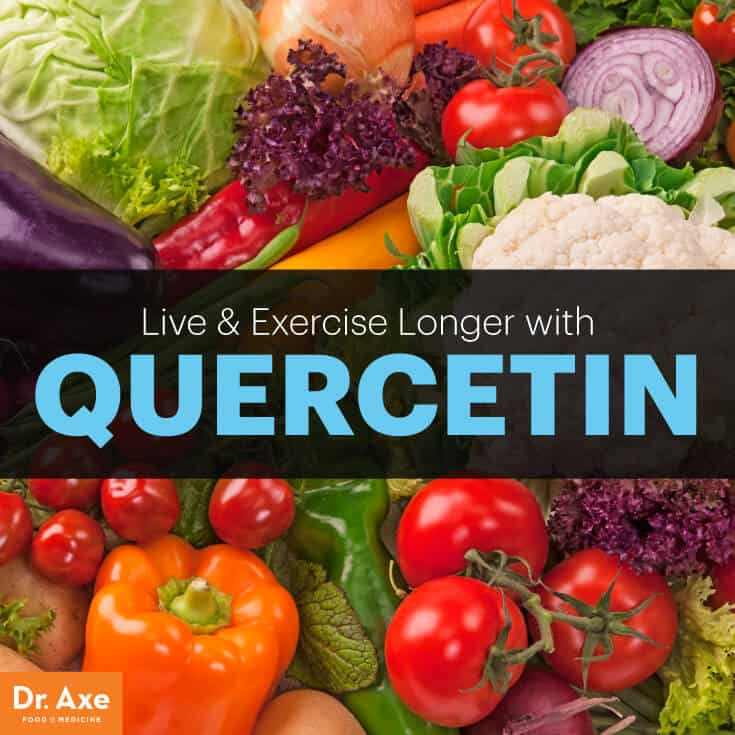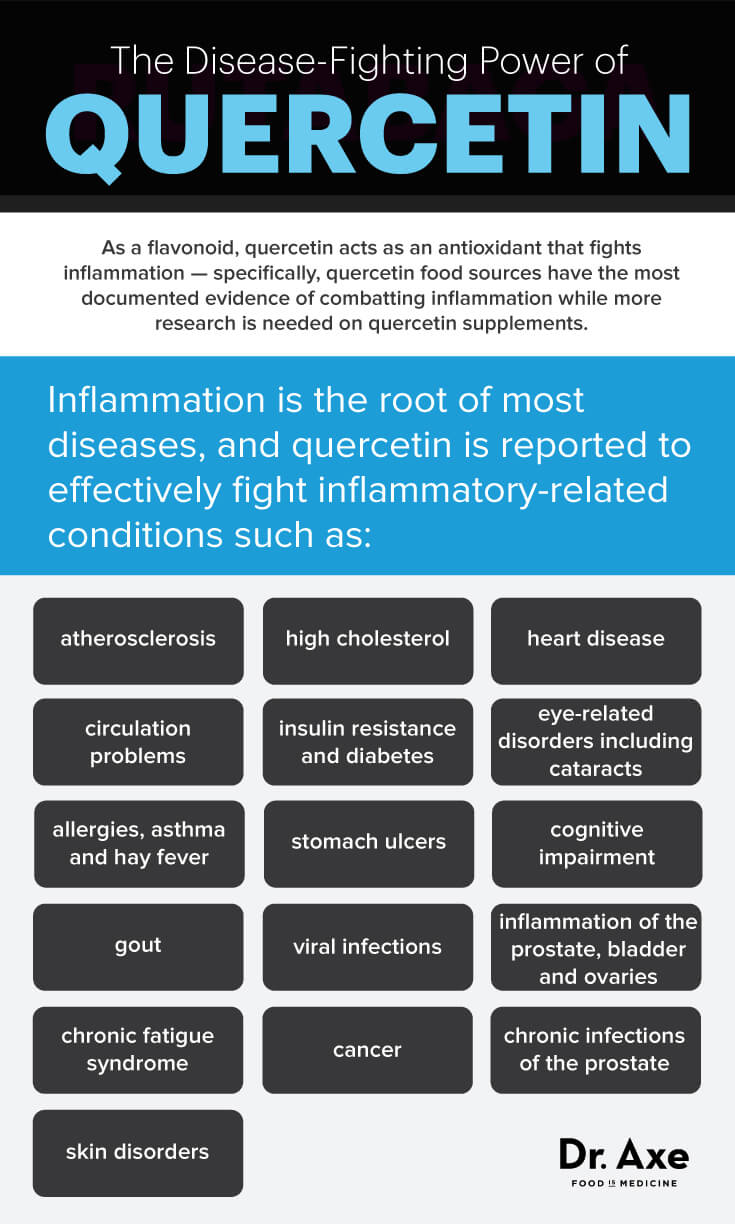Recent research suggests that the recommended 30 minutes of cardio five times per week may not undo the health risks of a sedentary lifestyle .
So what’s a worker chained to his or her desk to do? Luckily short bouts of aerobics, strength exercises, and stretching in between conference calls and Gchats can help improve fitness levels and heart health . While these deskercises, or desk exercises for the cubicle-bound, won’t promise Olympic mile times or six-pack abs, they might just improve strength and burn a few extra calories to boot.
Cardio
1. The Twinkle Toe: Tap into your inner Fred Astaire by speedily tapping those toes on the floor under your desk. Or graduate to a harder (and less inconspicuous) move: Stand in front of a small trashcan and lift up those legs to tap the toes on its edge, alternating feet, in soccer-drill fashion.
2. The Stair Master: Want to avoid elevator small talk in favor of elevating the heart rate? Take the stairs! Accelerate on the straight-aways and take two at a time every other flight for a real leg burn.
3. The Slog, Then Jog: Pop up from your chair and jog in place. Willing to huff and puff a little more? Pick up those knees! Continue for one minute, return to spreadsheets, and repeat.
4. The Celebratory Split Squat Jumps: With feet hip-width apart, step the left leg back two feet and balance on the ball of the foot. Next, lower into a lunge, and then accelerate upwards in an explosion of celebration. While in the air, switch feet so that the left foot is planted firmly in front and the right leg is now behind. Repeat 10-12 times on each side.
5. The Cubicle Wanderer: Walking during work is totally underrated . Take a stroll down the hall to catch up with coworkers or welcome a new employee.
6. The Mover and Shaker: Release stress and spark some energy with a quick bout of seated dancing when no one is looking!
Butt and Legs
7. The Wall (Street) Sit: Wall sits are great for building strength and endurance. Standing with your back against the wall, bend the knees and slide your back down the wall until the thighs are parallel to the floor. Sit and hold for 30-60 seconds. For some extra burn, try crossing the right ankle over the left knee, hold for 15 seconds, then switch!
8. The Last Man Standing: Sure, standing around isn’t exactly traditional exercise, but research shows it’s got more than a leg up on sitting. After all, long periods of sitting are linked to increased risk for diabetes, obesity, and cardiovascular disease, whereas standing significantly increases your daily caloric expenditure . Stand whenever you can, and consider roping in other coworkers to have standing meetings too!
9. The Patient Printer: Why lackadaisically stand by the printing pages when you could be sculpting your calves with calf raises? Standing with feet shoulder-width apart, press up onto the tippy toes, pause at the top, then lower back down. Repeat for three sets of 12-15 reps, or until the printing, faxing, or scanning is done. Ready to level up? Try raising only one leg at a time.
10. The Silent Seat Squeeze: Believe it or not, some deskercises can be kept under wraps, and this isometric glutes exercise is one of them. To start toning, simply squeeze the buttocks, hold for 5-10 seconds, and release. Repeat until the agenda wraps up or the glutes tire. The results will be uplifting in more ways than one.
11. The Seated Leg Raiser: When pay raises are nowhere to be seen, consider the leg raise. (Bonus: they’re hardly noticeable underneath the desk!) While seated, straighten one or both legs and hold in place for five or more seconds. Then lower the leg(s) back to the ground without letting the feet touch the floor. Repeat (alternating legs if raising them separately) for 15 reps. Underwhelmed? Loop a purse or briefcase strap over the ankle for added weight, or for more of an abs workout, add a crunch.
12. The Desk Squat: Mastered the art of standing around? Add a squat! Start standing with feet together (and the desk chair pushed out of the way). Bend the knees slightly so the thighs are almost parallel to the ground, as if sitting in a chair. As you bend, raise the arms straight up or towards the computer screen. Keep the knees together and aligned. Hold for 15 seconds and release. Repeat for 4-6 reps.
13. The Lunch Break Hammy: Strengthen the hamstrings with this standing leg curl. Stand behind your chair and hold onto it for support. Gently kick one foot back, aiming the heel for the top of your thigh. Lower the foot back down and repeat exercise with the other leg. Do 10 reps, take a bite of your lunch, and then do 10 more.
14. The Grim Reamer: Scope out the office for a ream of paper, or a sealed package of printing paper. While seated, place the stack in between the knees and press legs inward, engaging the inner thighs. Continue squeezing the paper ream in place for 30-60 seconds while sorting through the morning’s flood of emails. (Now that’s multitasking!)
Shoulders and Arms
15. The Cubicle Dip: Triceps dips can be done almost anywhere, including a cubicle. Using a sturdy desk or a non-rolling chair, sit at the very edge and place hands on either side of the body while gripping the chair’s edge. With the feet planted on the floor a step or two away from the desk or chair, straighten up the arms to lift up the body. Next, bend the arms to reach a 90-degree angle so that your body dips down, hold, and re-straighten while keeping the body raised above the chair. Complete 8-10 reps.
16. The Stapler Curl: Trusty staplers are always guarded closely, especially the red ones. Seated or standing, take the stapler in one hand with the palm facing upwards. Starting at the thighs, bend the elbow and curl the arm up towards the chest, just like a regular dumbbell biceps curl. Pause momentarily and then lower the stapler back down. Continue for 12-15 reps, then switch. Don’t have a weighty stapler? Try using a filled water bottle or a heavy change purse (the vending machine can wait!).
17. The Namaste: Seated upright with feet flat on the floor, bring the palms together in front of the chest and push both hands together powerfully until you feel the arm muscles contract. Hold the prayer hands pushed together for 20 seconds. Release and repeat the sequence until you feel a little more zen.
18. The Secret Handshake: Let’s make a deal. Sitting up and with feet flat on the floor, clasp hands together as if giving yourself a handshake (with one hand’s thumb pointing to the floor and the other pointing to the ceiling). Then pull! Resist the motion of both arms (you should definitely feel this in those biceps). Hold for 10 seconds or more, release, and repeat.
19. The Fist Pump: Received approval from the head honcho for extra vacation days? Time to rock out to that Bruce Springsteen playlist while simultaneously toning the arms. Fist punch into the air like a champ (alternating arms, of course), and continue for 60 seconds or more—or until you realize the boss is right behind you.
20. The Knuckle Sandwich: So the big cheese said no to the promotion and returned your project covered in red ink. To relieve frustration and get a fab arm fix, try shadow boxing to the perfect boxing playlist. Stand (if you can) and throw out a few jabs, hooks, and uppercuts in rapid succession (just watch out for computers and coworkers!). Continue for a minute or longer to blow off steam and tone the arms, chest, and core.
21. The Flapper: Standing with arms by your sides and palms facing behind, pulse the arms backward for 5 seconds. Release and repeat for 12-15 reps. For best results, make sure to keep the arms long and straight!
22. The Casual Lean: Waiting in the hall for a meeting to start? Perfect time to nonchalantly work out the upper arms! Casually lean against the nearest wall, supporting your body with the forearm only. Now lean into the wall until the upper arm almost touches it, and then push back out. Repeat for 15 reps or until the meeting gets underway.
23. The Lumberjack: Stand and clasp the hands together, resting them on the right shoulder as if holding an axe. Gently swing the imaginary “axe” by straightening the elbows and moving the hands toward the left thigh. Next, bring the clasped hands to the left shoulder followed by a swing to right thigh. Repeat 15 times on each side, or until all office plants have been hacked down.
24. The Office Genie: Want to add a little magic to the workday? Raise the legs into a criss-cross applesauce position while seated in a chair. With your hands on the armrests, push upwards to raise the body off the seat and remain floating for 10-20 seconds. After granting a few wishes, release back down to the chair, rest for a minute, and repeat. Craving more magic? Try this balancing act while in a chair that spins.
Chest, Back, and Neck
25. The Pencil Pinch: Roll back the shoulders until the shoulder blades are pinched together. Pretend you’re holding a pencil between the scapulas (or try it for real!). Hold for 5-10 seconds, release, and repeat for 12-15 reps.
26. The Shoulder Shrug: Simply raise both shoulders up toward the ears, hold for 5 seconds, then relax. Repeat for 15 reps. Feeling unstoppable? Try advanced shoulder shrugs while standing and holding a paper ream in each hand.
27. The Pinstripe Push-Up: This slightly modified wall push-up is more suitable for suits. Standing one to two feet from a sturdy wall (not a cubicle divider!), lean forward until palms are flush against the wall, with arms straight and parallel to the ground. Next, bend the elbows to bring the body towards the wall, hold for two seconds, then push back to the starting position. Complete 12-15 reps.
28. The Nape Shaper: Turtleneck season is over—it’s time to tone that neck! For the first isometric neck strengthening trick, put your head in your hands as if exasperated by the workday (you may already be in this position), and press your palms into your forehead as if trying to push the head backward. Resist the motion by engaging the neck muscles. Next, clasp the hands behind the back of the head and try to push the head backward, resisting the motion with your hands. Hold each deskercise for 5 seconds, or until The Evolution of Ryan Gosling has finally loaded. Slowly release, rest, and repeat 5 times each.
Core
29. The Desk Chair Swivel: Lucky enough to have a fun swivel chair? Use its twirl to your advantage with this oblique abs fix. Sitting upright and with the feet hovering over the floor, hold the edge of your desk with your fingers and thumb. Next, use the core to swivel the chair from side to side. Swish back and forth for 15 rounds.
30. The “Weeee” Desk Chair Wheel: Go ahead, play with your wheelie chair (everyone wants to!). While seated in a chair with wheels, position yourself at arm’s length from a desk or table and grasp its edge with your hands. Next, engage the core, raise the feet slightly off the ground, and pull with your arms until the chair slowly rolls forward and your chest touches the desk’s edge. Then roll back by pushing away, with the feet still raised. Repeat 20 times, or until you burn holes into the carpet.
31. The Posture Perfecter: Perfect posture is a must for long days at the desk. Practice safe desk ergonomics by adjusting the chair height to make sure the feet, hips, and arms are at 90-degree angles to the floor. Engage the core to keep the back straight throughout the day. No slouching allowed!
32. The Fab Abs Squeeze: Another silent deskercise, this one can be covertly executed when walking down the hall or seated during a call. Simply take a deep breath and tighten the abdominal muscles, bringing them in towards the spine as you exhale. Stay squeezed for 5-10 seconds and release. Repeat for 12-15 reps.
33. The “Crunch Time” Crunch: The deadlines are looming, as are hopes for a six-pack by summer. (And maybe a six-pack of Corona, too.) While most jobs don’t condone in-office boozing, you can get the other six-pack with some seated isometric crunches. With both elbows on the thighs, try to curl the chest in towards the legs while resisting the movement with the arms. Hold for 10 seconds, release, and repeat times 10.
Also Check Out: 50 Bodyweight Exercises You Can Do Anywhere
Keep forgetting to do your deskercises at work? We know you’re a Microsoft Outlook pro! Make a calendar reminder or apply sticky notes around the workstation. Embarrassed? Seek out an empty conference room on a lunch break. We bet our biceps that coworkers will not only enjoy your deskercise routine, but admire it.
Stay Healthy anywhere. There’s no excuse not to.






